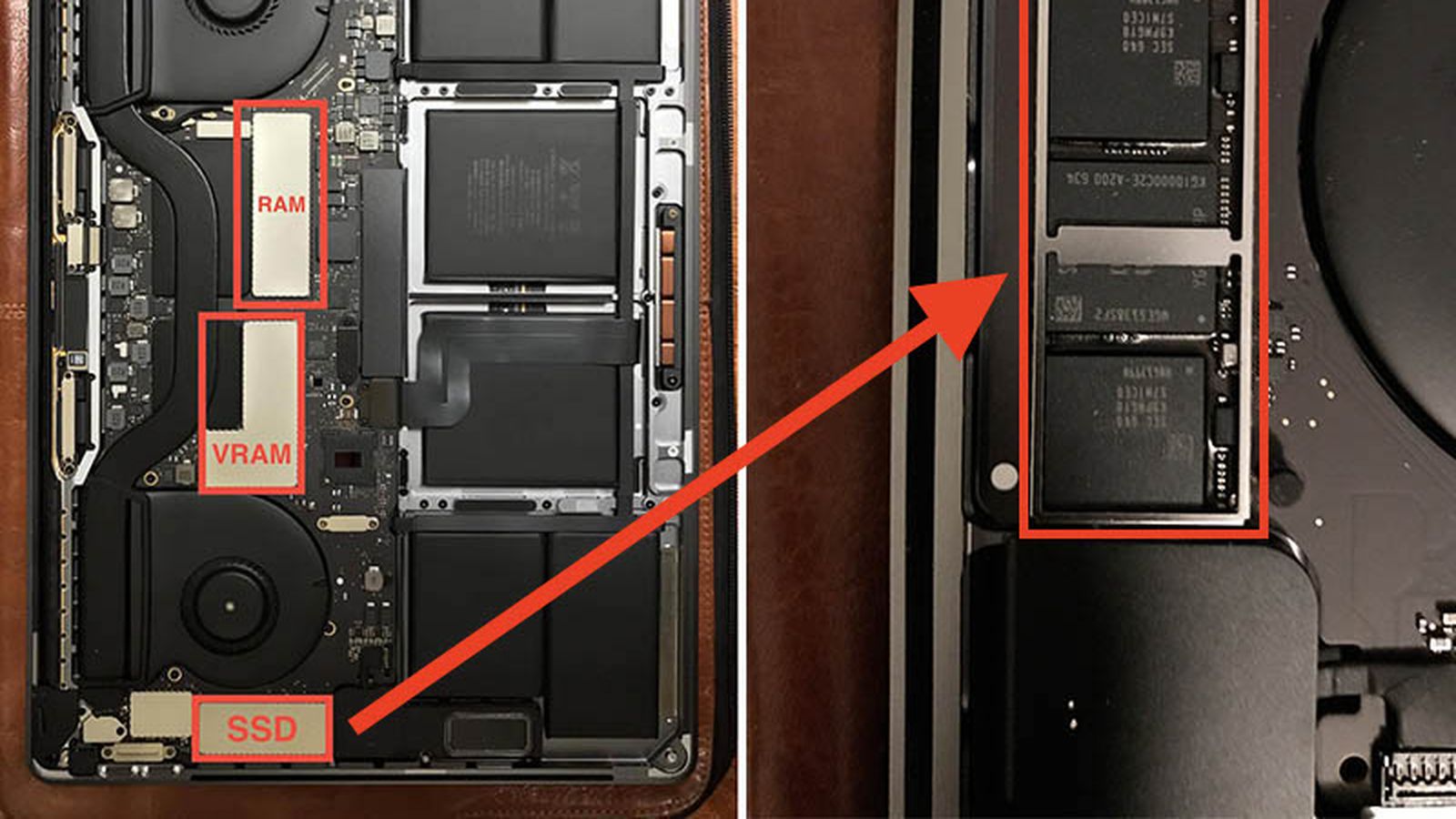
Peripheral Component Interconnect Express (PCIe) is a computer bus standard with incredibly high bandwidth potential, and is the fastest bus option that most computers have available. In short, SATA just wasn’t made for solid state drives. And even if you’re using a SATA III interface, you’re still probably limiting your SSD. But as it applies to SSDs, if you’re not using a SATA III connection, it’s safe to assume you’re limiting the potential of your drive. This can cause some confusion in the event that you connect a hard drive that supports the SATA III standard into a SATA II connector, creating a bottleneck at the SATA II interface that will limit the potential bandwidth of the drive. The SATA standard has now undergone three major revisions, resulting in connectors that are identical in appearance (hurray for backwards compatibility), but with bandwidth doubling each time. The SATA standard’s been in use for many years and is still the most prevalent interface for connecting internal storage drives. SATA (Serial Advanced Technology Attachment) refers to the technology standard for connecting hard drives, solid state drive, and optical drives to the computer’s motherboard. Luckily, advances in host interfaces invariably stay ahead of the pace of drive technologies, always allowing room to push speeds a bit farther.

If you are, it’s time to get up to speed!Įver faster drive technology, brought about by faster spinning disks, increased cache, advances in controller architecture, and a host of other factors keeps pushing the host interface to become the bottleneck for read and write speeds. If you’re into vintage computers and you think patience is a virtue that can only be honed by waiting for programs to respond, maybe you’re still rocking a drive with a PATA interface. 5AĮvery hard drive or solid state drive you’ve used in the past ten years is likely to have used either a SATA interface, or more recently a PCI Express interface. Generation 1: MacBook Air (Late 2010 – Mid 2011).Apple doesn't hide any of these screws beneath feet or pads, so at least they are all obvious and easy to find. Remove the eight pentalobe screws from the bottom of the case, keeping track of where each goes (not all screws are the same length so that is important). Unplug the MacBook Air from power, lay down a soft and static-free cloth and flip the laptop over. Many MacBook Air SSD kits include the needed screwdriver, otherwise you can find inexpensive multi-bit versions online (I paid $7 for mine). My model used pentalobe TS4 screws on the case and a single pentalobe TS5 screw to secure the SSD. Apple’s primary method to keep people from opening up the MacBook Air is the use of five-point pentalobe security screws - standard screwdrivers are incompatible. A flat prier tool to help lift components out of their socket, and a most importantly, a screwdriver with pentalobe bits. There are really only two tools you’ll need for this job.

If you’re swapping a working SSD for a higher capacity model, you might want to opt for a kit that includes an external drive enclosure so you can use the old SSD as external storage. I bought a 256GB SSD for an 11-inch MacBook Air (mid-2012), and it was $75.

Just make sure you know the model of your MacBook Air, as there were variations from year to year. There are reputable websites that specialize in Apple laptop components and they offer replacement SSDs in various capacities. You can’t just stick any SSD off the shelf of your local big box store into a MacBook Air.

Nice machine, love the display, but the complete lack of upgradability is one of a few concerns raised about that model. Unless you have a new, 2018 MacBook Air, in which case Apple permanently soldered the storage. What Apple doesn’t mention is that the SSD in a MacBook Air can actually be replaced by the user, and it’s a relatively easy procedure. In addition, if it’s a mid-2012 model or earlier, the MacBook Air is on Apple’s “Vintage” list, meaning the company has discontinued support. Apple has always said the MacBook Air contains no user serviceable parts, so what do you do if the SSD in your laptop fails? What if you need more storage capacity? You can take it to an Apple Store for service, but that can be expensive and leave you without the machine for a few days. SSDs are far faster and tend to be longer lasting than traditional hard disk drives, but they are not infallible. Apple’s MacBook Air has always been a solid and reliable little laptop - even more so when the company ditched the hard drive that was in the original for solid state storage.


 0 kommentar(er)
0 kommentar(er)
